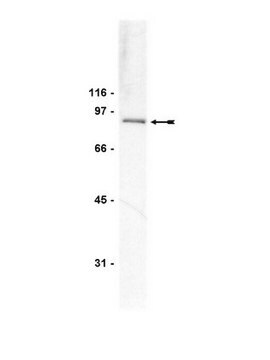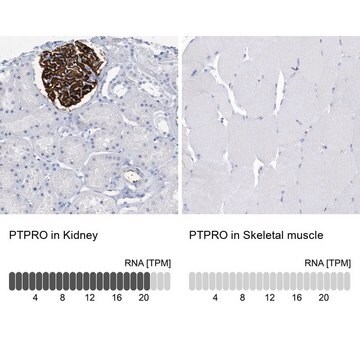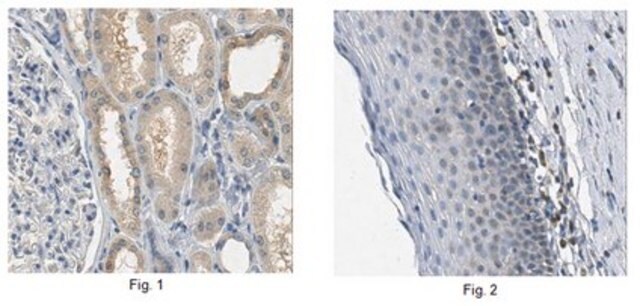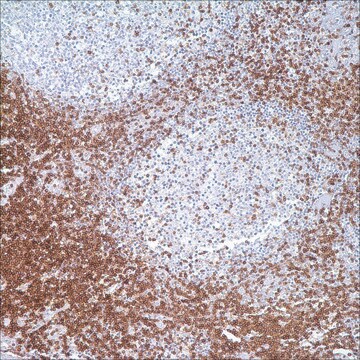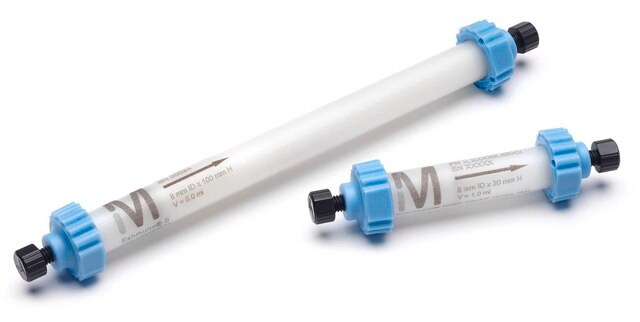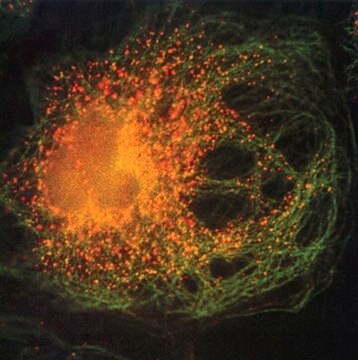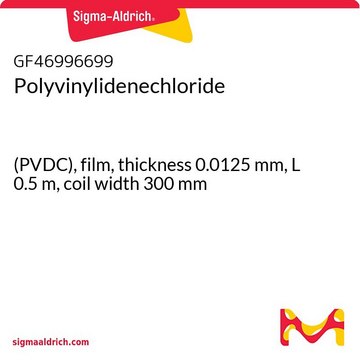MABS1158
Anti-PTPRT Antibody, clone 1F7
clone 1F7, from mouse
Synonym(e):
Receptor-type tyrosine-protein phosphatase T, R-PTP-T, RPTP-rho, RPTPrho, PTPRT
About This Item
Empfohlene Produkte
Biologische Quelle
mouse
Qualitätsniveau
Antikörperform
purified immunoglobulin
Antikörper-Produkttyp
primary antibodies
Klon
1F7, monoclonal
Speziesreaktivität
mouse, human, rat
Methode(n)
western blot: suitable
Isotyp
IgG1κ
NCBI-Hinterlegungsnummer
UniProt-Hinterlegungsnummer
Versandbedingung
wet ice
Posttranslationale Modifikation Target
unmodified
Angaben zum Gen
human ... PTPRT(11122)
Allgemeine Beschreibung
Spezifität
Immunogen
Anwendung
Zelluläre Signaltransduktion
Entwicklungsabhängige Signalübertragung
Western Blotting Analysis: 0.5 µg/mL of this antibody detected the full-length and a cleaved form of PTPRT in brain and liver homogenates from wild-type, but not PTPRT-knockout mice (Courtesy of Dr. Zhenghe Wang, Case Western Reserve University, Cleveland, OH).
Western Blotting Analysis: 2.0 µg/mL of this antibody detected the full-length and a cleaved form of PTPRT in small intestine epithelium homogenate from wild-type mice (Courtesy of Dr. Zhenghe Wang, Case Western Reserve University, Cleveland, OH).
Western Blotting Analysis: A representative lot detected exogenously expressed human PTPRT using transiently transfected HNCC CAL-33 (squamous carcinomas of the tongue) cells expressing wild-type, PTPase domain mutatant (A1022E), or FN3-domain mutatant (P497T) PTPRT, as well as in transfected HNSCC PCI-52-SD1 cells stably expressing wild-type human PTPRT (Lui, V.W., et al. (2014). Proc. Natl. Acad. Sci. U.S.A. 111(3):1114-1119).
Qualität
Western Blotting Analysis: 0.5 µg/mL of this antibody detected the full-length and a cleaved form of PTPRT in mouse brain tissue lysate.
Zielbeschreibung
Physikalische Form
Lagerung und Haltbarkeit
Sonstige Hinweise
Haftungsausschluss
Sie haben nicht das passende Produkt gefunden?
Probieren Sie unser Produkt-Auswahlhilfe. aus.
Lagerklassenschlüssel
12 - Non Combustible Liquids
WGK
WGK 1
Flammpunkt (°F)
Not applicable
Flammpunkt (°C)
Not applicable
Analysenzertifikate (COA)
Suchen Sie nach Analysenzertifikate (COA), indem Sie die Lot-/Chargennummer des Produkts eingeben. Lot- und Chargennummern sind auf dem Produktetikett hinter den Wörtern ‘Lot’ oder ‘Batch’ (Lot oder Charge) zu finden.
Besitzen Sie dieses Produkt bereits?
In der Dokumentenbibliothek finden Sie die Dokumentation zu den Produkten, die Sie kürzlich erworben haben.
Unser Team von Wissenschaftlern verfügt über Erfahrung in allen Forschungsbereichen einschließlich Life Science, Materialwissenschaften, chemischer Synthese, Chromatographie, Analytik und vielen mehr..
Setzen Sie sich mit dem technischen Dienst in Verbindung.